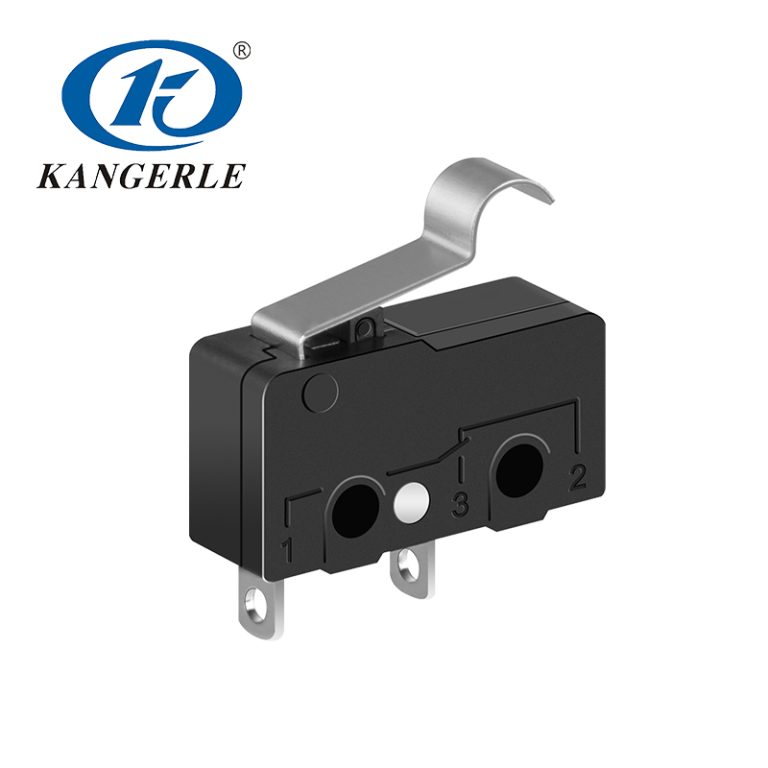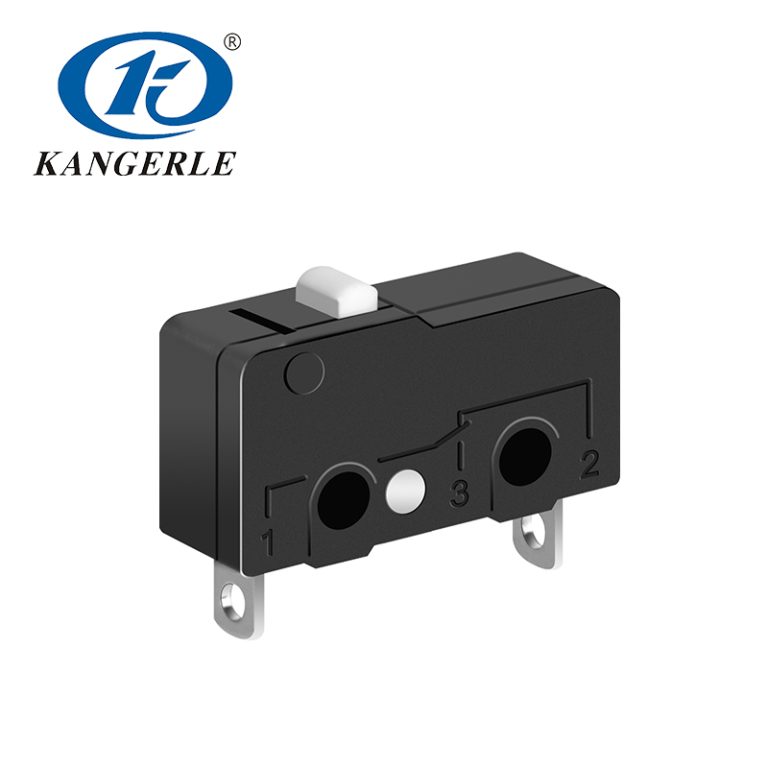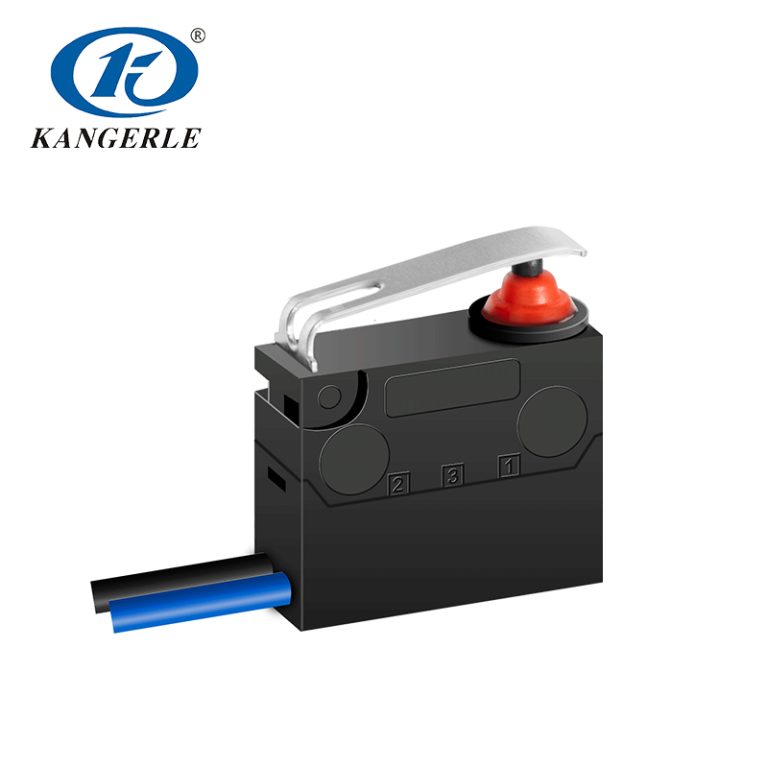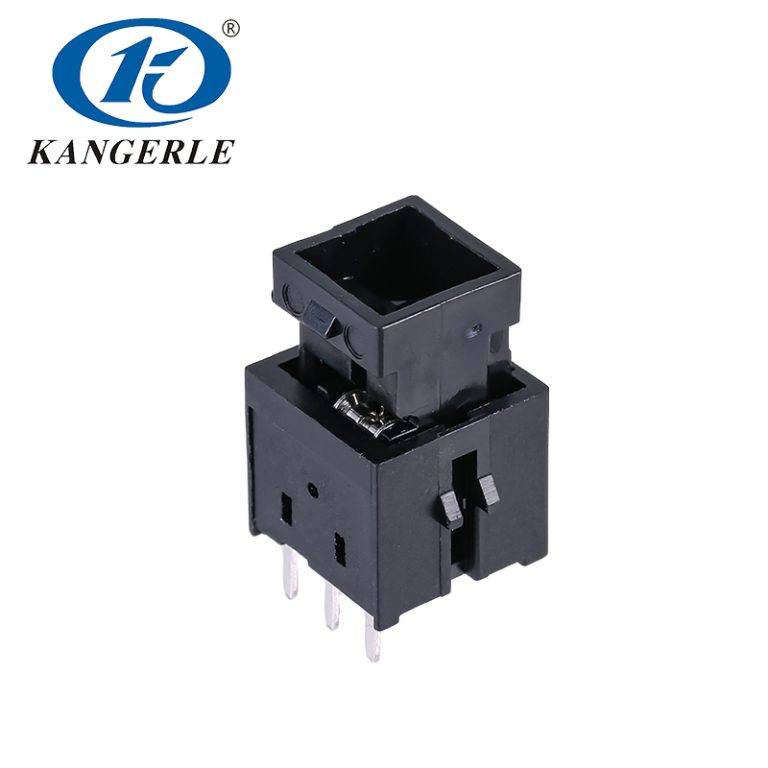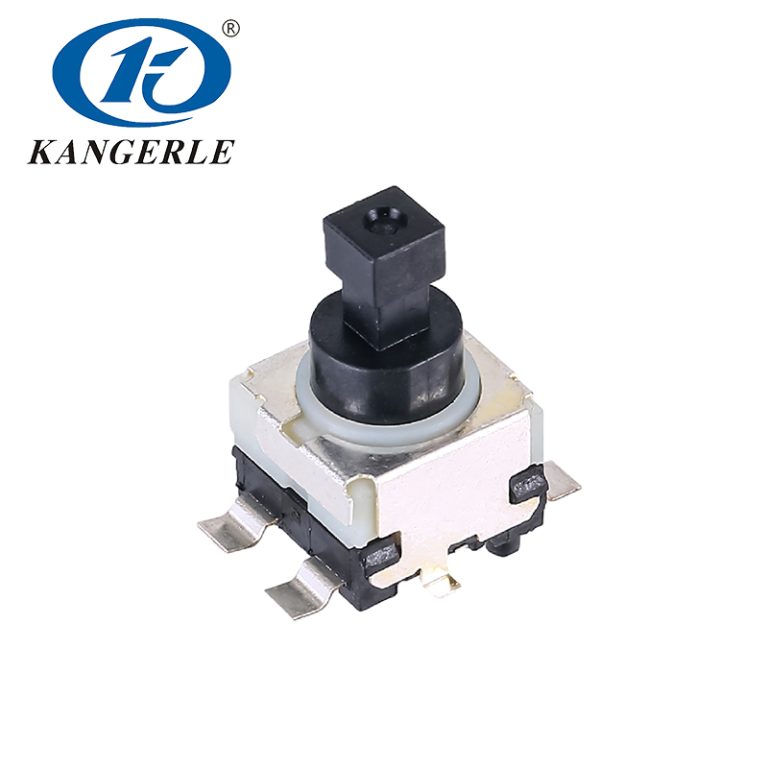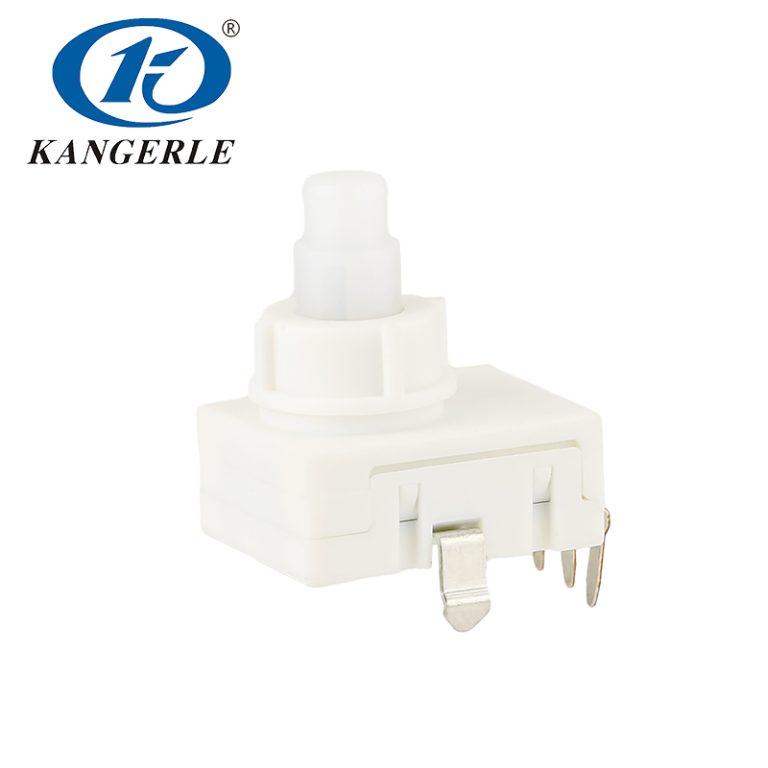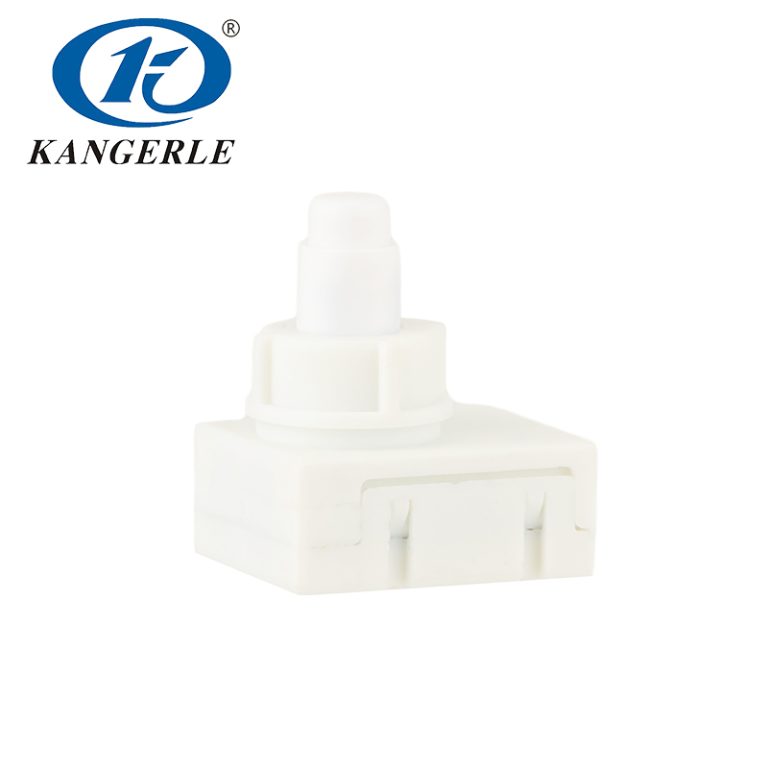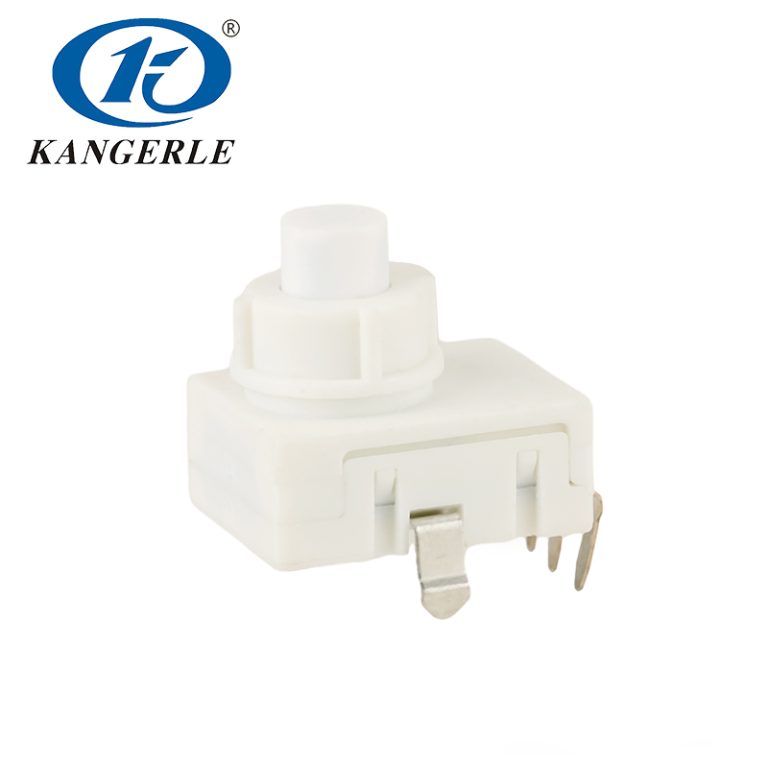
What are Metal Push Button Switches?
Metal push button switches are robust, tactile switches used to control various electronic devices. Constructed from metal materials, they offer superior durability and resilience compared to their plastic counterparts. These switches are designed to perform specific on-off functions, often with a clear tactile feedback that confirms use. This feedback is crucial in settings where precise operations are necessary.
Key Features and Benefits
The metal push button switches come with several key features that make them highly beneficial in laboratory settings. Their construction materials provide excellent longevity and resistance to wear, essential for environments with high-frequency usage. They also offer reliable tactile feedback, which ensures users can confirm operation even in noisy or busy environments. Furthermore, these switches often include features such as integrated LEDs, which enhance visibility and provide clear status indications, crucial in a precise setting like a laboratory.
Importance in Laboratory Settings
Ensuring Precision and Accuracy
Precision and accuracy in laboratory equipment are paramount. Metal push button switches contribute significantly to this by providing stable and consistent control over various instruments. The tactile feedback and clear operation help in preventing errors, ensuring that every action performed is deliberate and accurate. This level of control is vital in experiments and processes where even minor deviations can lead to significant issues.
Enhancing Durability and Reliability
In a laboratory, equipment frequently undergoes rigorous and repeated use, making reliability a crucial factor. The durability of metal push button switches ensures they can endure the demanding environment of a lab. Additionally, their resistance to corrosion and mechanical wear allows these switches to maintain their functionality over long periods, thereby improving the overall reliability of laboratory operations.
Applications in Laboratory Equipment
Common Laboratory Instruments Utilizing Metal Push Button Switches
Metal push button switches are commonly found in various types of laboratory equipment. For instance, they are used in centrifuges, spectrometers, and vacuum pumps, where precise operational control is necessary. These switches ensure that users can quickly and reliably interact with their equipment, making essential adjustments as needed without risk of malfunction or uncertainty.
Specific Functions Enabled by These Switches
The specific functions enabled by metal push button switches in laboratory equipment vary widely but generally include power control, function selection, and emergency shutdowns. For example, in analytical instruments, these switches can be used to toggle between different modes of operation or start and stop analysis procedures. The reliability and clarity these switches offer are crucial in ensuring that laboratory processes are conducted smoothly and without interruption.
Kangerle
Kangerle is a reputable and well-established manufacturer specializing in the production of high-quality switches. The company is renowned for its extensive range of products, including rocker switches, metal push button switches, and more. It is committed to innovation and quality, ensuring that all its products meet the highest standards of performance and reliability. The company’s switches are designed with precision and durability in mind, making them suitable for a wide range of applications in various industries.
Kangerle is known for its robust and reliable metal push button switches. One of its standout products is the 16mm maintained durable push button switch. This switch is known for its endurance and ability to withstand high-frequency usage, making it a preferred choice for lab equipment control. Another one is the 12mm metal push button switch with circle LED. This switch provides the same level of durability and reliability as other switches from Kangerle, but it also includes an integrated LED. This feature improves user interaction by offering clear visual feedback and ensuring precise control, which is vital in a laboratory environment.
In conclusion, choose Kangerle’s metal push button switches for precise and efficient control in your lab equipment.
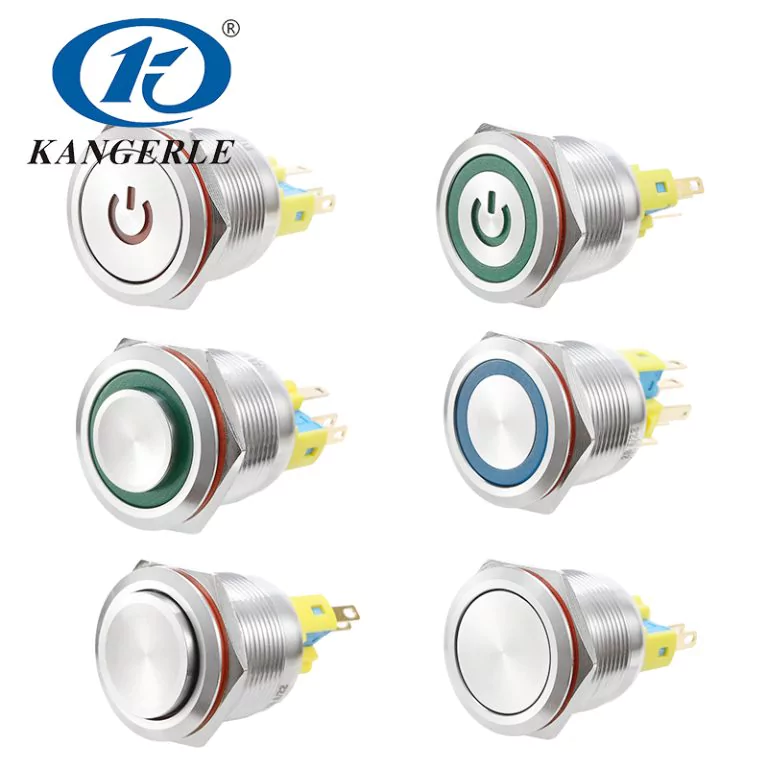
Installation and Maintenance
Proper Installation Techniques
Proper installation of metal push button switches is vital to ensure their optimal performance in laboratory equipment. The installation process begins with selecting the appropriate switch type and specifications that align with the equipment’s requirements. It’s essential to verify the voltage, current ratings, and environmental conditions where the switch will be used. Careful consideration of these factors helps in preventing premature failure and ensures seamless integration with existing systems.
Furthermore, it is essential to use the appropriate tools and techniques during the installation process. This involves securely fastening the switches to prevent any movement that could cause inaccurate operations or disconnections. Adhering to the manufacturer’s guidelines and recommendations for installation is vital for maintaining the switch’s functionality and longevity. Additionally, ensuring proper wiring and connections is crucial for providing a stable power supply and preventing potential hazards, thereby enhancing the safety and reliability of the laboratory equipment.
Maintenance Best Practices to Ensure Longevity
Routine maintenance is essential to prolong the life of metal push button switches and ensure they continue to function correctly. Regular inspections should be conducted to check for any signs of wear, corrosion, or damage. Cleaning the switches periodically with appropriate cleaning agents helps in removing dirt and debris that could interfere with their operation. Special attention should be paid to their mechanical parts to ensure they remain free from obstructions and operate smoothly.
Lubrication of the switch’s moving parts, as recommended by the manufacturer, can prevent sticking or jamming, which is crucial for maintaining the tactile feedback and reliability of the switch. In addition, it’s vital to replace worn-out switches promptly to prevent any potential errors in equipment operation. Keeping a record of maintenance activities and switch performance can help in identifying patterns and scheduling timely interventions, thereby ensuring continuous and reliable operation of laboratory equipment.
Technological Advancements
Integration with Modern Lab Technologies
The integration of metal push button switches with modern lab technologies is a testament to their versatility and adaptability. These switches are now being incorporated into sophisticated lab equipment that includes advanced microcontrollers and programmable logic controllers (PLCs). This integration allows for enhanced functionality such as programmable control sequences, emergency stop features, and real-time feedback through devices connected via IoT (Internet of Things) platforms.
Innovations in the design and functionality of metal push button switches, such as incorporating LED indicators and touch-sensitivity features, enhance user interaction and provide instant visual feedback. This integration is not solely about improved control but also ensures the safety and precision of lab operations. As lab technologies advance, the role of these switches continues to evolve, offering a seamless interface between human operators and automated systems.
Future Trends in Metal Push Button Switches for Lab Use
Looking ahead, several trends indicate how metal push button switches will continue to advance and adapt to future laboratory requirements. One notable trend is the miniaturization of switches, allowing for more compact and space-efficient designs without compromising functionality or durability. This is particularly beneficial for modern lab equipment that demands a smaller footprint.
Another significant trend is the incorporation of smart technology. Metal push button switches with embedded sensors and connectivity features are becoming increasingly common. These smart switches can communicate with other devices, providing data on their status and environment, which can be used for predictive maintenance and integrated control systems.
Sustainability is also becoming a critical consideration. Advances in materials science are leading to the development of switches made from eco-friendly materials that offer the same level of durability and performance. Additionally, improved manufacturing processes are helping to reduce the environmental impact of these essential components.
In summary, as lab equipment advances, metal push button switches will continue to play a vital role in providing precise and reliable control. Staying up-to-date with proper installation and maintenance practices, as well as being aware of technological advancements, can greatly improve the performance and longevity of these essential components in laboratory settings.

